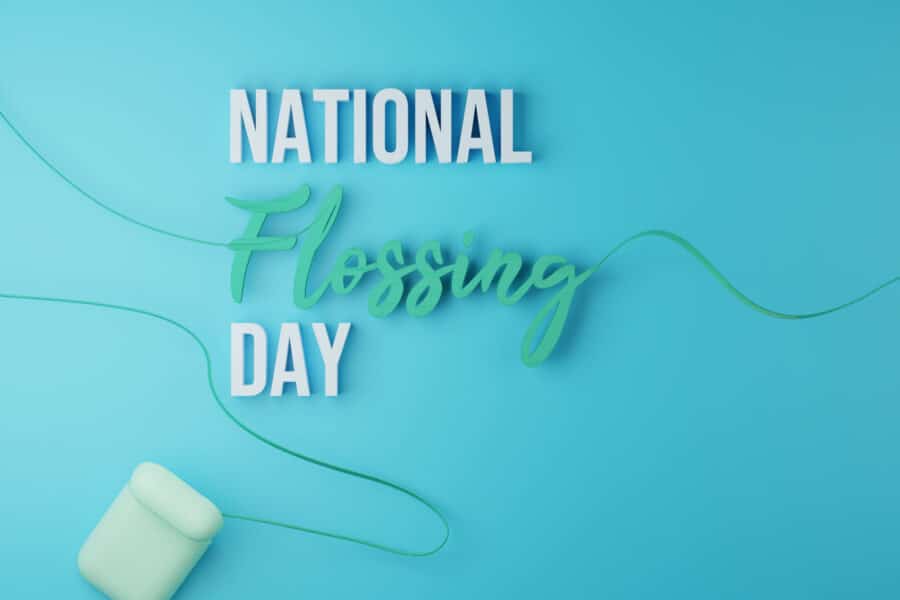Are you a daily flosser? No? Well, you aren’t alone. According to an American Dental Association (ADA) survey, only 16% of patients report flossing daily. The main reason why patients don’t floss daily is because they think it’s too time-consuming.
As a hygienist, I know how important flossing is for oral health, especially gum health. According to the American Academy of Periodontology, “Gum disease is typically caused when prolonged exposure to bacteria in dental plaque causes an inflammatory reaction. Flossing is an effective and useful way to remove the plaque, especially in between the teeth or under the gum line-places where a toothbrush cannot reach.”
Unfortunately, flossing is not popular among most patients. While some find it difficult, others say it makes their gums bleed or sore. That bleeding and soreness means that bacteria is causing infection between your teeth, which floss removes. That’s why flossing is so important.
Even though I know flossing’s benefits, I also know that many of our patients struggle to make it part of their daily habits.
That’s why we have compiled a few tips to start making flossing part of your daily routine:
Create Flossing Cues
- One of the easiest ways to remind yourself to floss more is to create a flossing cue, a way to remind you to do it. This can be as simple as a sticky note on your bathroom mirror or a reminder alarm on your phone. There are even dental apps that help you set reminders.
Chunk Floss
- Studies in neuroscience show that one way to create a new habit is by chunking the desired one with something you already do. This action, called ‘habit-chunking’ can work for flossing too.
Pick something that you do every day, dental or non-dental, and put floss there. Before you do that daily habit, floss first. By chunking, you basically trick your brain into creating a new habit without thinking too much about it.
Stash Floss Everywhere!
- If you only floss by the mirror, it may seem like a time-consuming chore. But if you have it stashed in places like your purse, pocket, car, or by the TV, you can do it when you have any extra minute.
So, stock up on floss, LOTS OF IT!
Find Floss Alternatives
- Not everyone can use string floss. Some find it difficult to maneuver while others think it is just plain slimy. The good news is that there are many alternatives to string floss such as floss holders, floss picks, and water flossers.
*It is always best to discuss floss alternatives with your dental professionals*
Take Baby Steps
- As I always tell my patients, while I would love for all my patients to floss daily, I know that may not be realistic. That’s why I encourage baby steps toward more flossing. Flossing a few times a week is better than not at all. It can even lead to more regular flossing later.
Don’t ever feel defeated if you can’t seem to make it a daily habit. Just keep trying to do your best and know that we are always here to help you find tools and tips to clean in-between your teeth.
Keep in mind that flossing correctly is just as important as how often you do it. Here is a step-by-step guide and video by the ADA on proper flossing.
